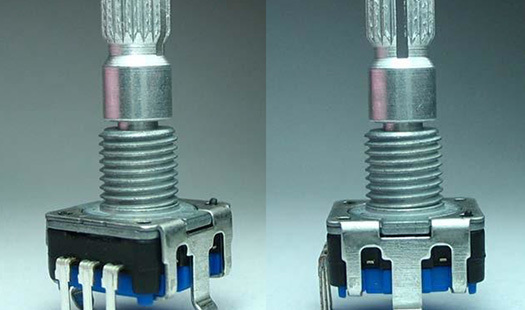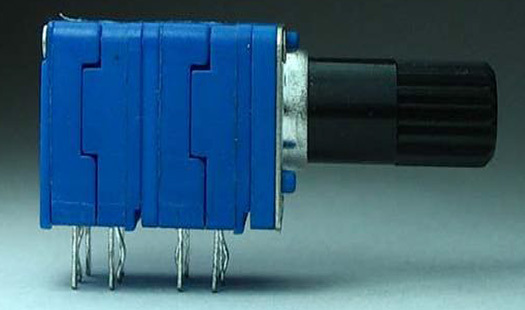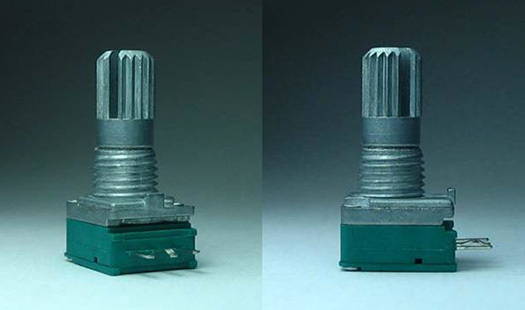Unlocking the Mysteries of the Trimmer Potentiometer Sensor
Jun 11,2025
What in the World is a Trimmer Potentiometer Sensor?
So, you’ve stumbled upon the term trimmer potentiometer sensor and are scratching your head, huh? Well, don’t sweat it! This nifty little gadget is a type of variable resistor that allows you to adjust the resistance level in a circuit, which can be a game-changer for many electronic applications.
The Basics: How It Works
At its core, a trimmer potentiometer sensor consists of a resistive element and a wiper that slides over it. When you twist or adjust the knob (or screw, depending on the design), the position of the wiper changes, effectively altering the resistance. This simple yet ingenious mechanism is what makes it versatile for tuning and calibration.
Why Use a Trimmer Potentiometer Sensor?
Now, you might be thinking, “Why should I bother with this sensor?” Well, here’s the scoop:
- Precision Tuning: Need to fine-tune a circuit? This sensor gives you the control you need.
- Space-Saving: They are compact, making them a great fit for projects with limited real estate.
- Cost-Effective: Compared to other components that serve similar functions, trimmer potentiometer sensors are usually budget-friendly.
Common Applications
These sensors are everywhere! From audio equipment to radio transmitters, you’ll find them making adjustments smooth and easy. Whether you’re tuning an old radio or calibrating a sensor, they play a vital role.
Installing Your Trimmer Potentiometer Sensor
Alright, let’s get our hands dirty! Installing a trimmer potentiometer sensor is as easy as pie—if you follow these steps:
- Choose the Right Sensor: Make sure to select one that matches your project’s specifications.
- Wiring: Connect the sensor to your circuit. Typically, it will have three terminals: one for input voltage, one for output voltage, and one connected to ground.
- Calibration: Adjust the wiper to set your desired resistance. This is where the magic happens!
Potential Pitfalls
Of course, it’s not all rainbows and butterflies. Here are a few hiccups you might encounter:
- Wear and Tear: If you adjust them too frequently, they can wear out, leading to inconsistent readings.
- Heat Sensitivity: Excessive heat can affect their performance. So, keep 'em cool!
Final Thoughts
In the grand scheme of electronics, the trimmer potentiometer sensor is a small yet mighty component. Whether you’re a hobbyist looking to tinker or a professional engineer aiming for precision, understanding how to use this little device can elevate your projects to new heights. So, the next time you’re faced with a tuning challenge, remember: a trimmer potentiometer sensor could be just what you need!
PREVIOUS:
More Information
More Information
RECOMMENDED










